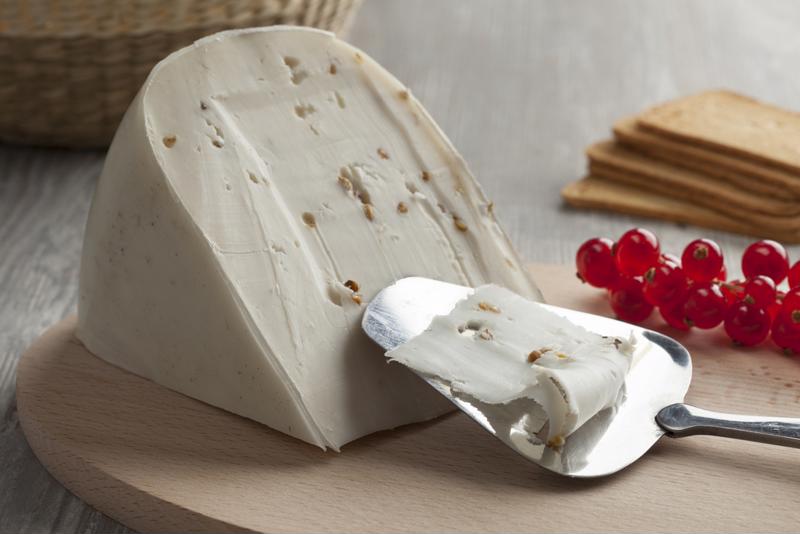Welcoming guests with an assortment of delicious cheeses is always a great idea, especially when they are perfectly paired with a glass of wine or two. Whether you are honing your skills at an accredited online culinary school or just having a few friends over, you’ll put a smile on everyone’s face with an array of great flavors and fascinating textures. The results will be better still if you also have an expertly curated charcuterie board on hand. Here are four tips that will ensure your cheese plate truly stands alone:
1. Select a balanced variety
First and foremost, you need to figure out what kinds of cheeses will serve the occasion and also complement each other. A cheesemonger can offer valuable advice for bringing together excellent flavors and introducing guests to cheeses they may have never tasted before. Food & Wine suggested including specimens that range from hard to soft, and fresh to well-ripened. Set the items on the plate accordingly, so guests will progress from fresh, relatively mild flavors through increasingly aged and potent ones. For instance, you might start with a fresh chevre goat cheese and end with a powerfully scented blue cheese like Roquefort.
“A cheesemonger can offer valuable advice.”
The Food Network pointed out a few other approaches that may help in narrowing down the options. If serving the plate as an appetizer, emphasize lighter selections, such as herbed goat cheese. On the other hand, a platter served as the sole dish or following dinner calls for stronger flavors. Consider setting a theme, such as drawing all the items from a particular geographical region or a single family of cheeses. You can mix up the kinds of dairy, including at least one example of cow’s, sheep’s and goat’s milk, or just focus on one type.
2. Get the portions right
Everyone at the table wants the opportunity to fully enjoy several different varieties of cheese. On the other hand, you should be careful not to overload the platter – especially if the dairy is meant as an appetizer. If there’s too much on a single plate, people will have trouble maneuvering to grab the slices they are after.
Real Simple offered simple guidelines for portioning. When it comes to an appetizer plate, you should not need to provide more than three or four ounces of cheese per person. If you are serving a wine and cheese-focused gathering, however, aim for adding three pounds to satisfy every eight people. That means you’ll have six pounds of cheese available for 16 guests or serve up nine pounds for 24.
3. Perfect the presentation
With everybody reaching to grab their favorites, a cheese plate can quickly become an unappealing mess. That’s why it’s important to set up the items for easy accessibility and minimize the chances for cross-contamination. Take the cheeses out of the refrigerator about an hour in advance so you can complete your preparations and let them reach room temperature.
Bon Appetit explained that you should slice every block of cheese ahead of time, rather than just sticking knives in them. Use a wire slicer to achieve cleaner cuts for soft and crumbly cheeses. Always switch off your cutting implements to avoid mixing the tastes together.
 Use a different slicer to cut into each block of cheese.
Use a different slicer to cut into each block of cheese.4. Choose the ideal accompaniments
Once you’ve chosen and arranged a variety of fantastic dairy products, you’ll have to decide what to serve alongside them. Offering a range of sweet, salty and savory snacks can bring out flavors in the cheeses and make for a more satisfying overall experience. Speaking with Saveur, award-winning cheesemonger Lilith Spencer recommended including versatile items like dried fruit, nuts, olives and pickles as well as more specialized choices. Think about the placement of the extras on the dish, making certain they are each appropriately paired with a cheese.
Provide plenty of bread or crackers as well. While a fresh baguette makes a delightful coupling with various cheeses, PopSugar warned that it can get stale and crumbly. If you’re expecting guests to snack throughout the evening, a thin cracker might be the better option. Set out a jam and a mustard for them to try as well.
A thoughtfully selected cheese plate can draw together party-goers or make a great beginning to a dinner out at a restaurant. Use the skills you’ve learned while working toward an online culinary arts diploma to make your platter unique and memorable.



